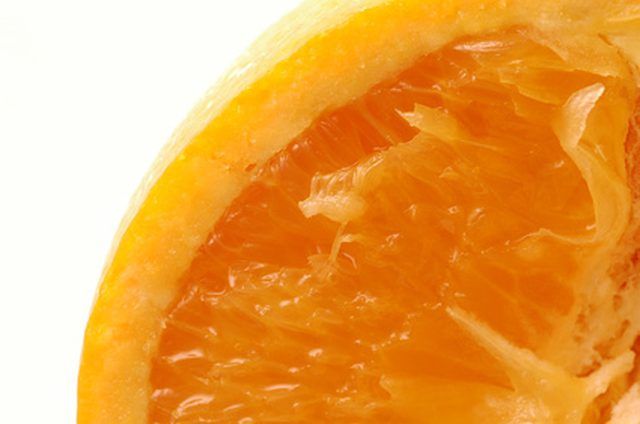Bulbs
Flower Basics
Flower Beds & Specialty Gardens
Flower Garden
Garden Furniture
Garden Gnomes
Garden Seeds
Garden Sheds
Garden Statues
Garden Tools & Supplies
Gardening Basics
Green & Organic
Groundcovers & Vines
Growing Annuals
Growing Basil
Growing Beans
Growing Berries
Growing Blueberries
Growing Cactus
Growing Corn
Growing Cotton
Growing Edibles
Growing Flowers
Growing Garlic
Growing Grapes
Growing Grass
Growing Herbs
Growing Jasmine
Growing Mint
Growing Mushrooms
Orchids
Growing Peanuts
Growing Perennials
Growing Plants
Growing Rosemary
Growing Roses
Growing Strawberries
Growing Sunflowers
Growing Thyme
Growing Tomatoes
Growing Tulips
Growing Vegetables
Herb Basics
Herb Garden
Indoor Growing
Landscaping Basics
Landscaping Patios
Landscaping Plants
Landscaping Shrubs
Landscaping Trees
Landscaping Walks & Pathways
Lawn Basics
Lawn Maintenance
Lawn Mowers
Lawn Ornaments
Lawn Planting
Lawn Tools
Outdoor Growing
Overall Landscape Planning
Pests, Weeds & Problems
Plant Basics
Rock Garden
Rose Garden
Shrubs
Soil
Specialty Gardens
Trees
Vegetable Garden
Yard Maintenance
How to Care for a Dwarf Washington Navel Orange Tree
How to Care for a Dwarf Washington Navel Orange Tree. The dwarf Washington navel orange is popular for eating and juicing. Classified as a sweet orange, the tree grows between three and eight feet tall, with semi-dwarfs slightly taller. The dwarf Washington navel orange tree can be grown in the ground in USDA planting zones 9 through 11, and in...

The dwarf Washington navel orange is popular for eating and juicing. Classified as a sweet orange, the tree grows between three and eight feet tall, with semi-dwarfs slightly taller. The dwarf Washington navel orange tree can be grown in the ground in USDA planting zones 9 through 11, and in containers everywhere else. Caring for citrus in containers is always a little more work than in the ground, but for some folks in the northern climates, it is well worth it to for the fresh oranges.
Things You'll Need
Citrus tree fertilizer
Organic compost
Pruning shears
Water the tree once a week if grown in the ground, 2 or 3 times a week in a container. Soil should be kept evenly moist but not soggy. Container soils can dry out quickly during a hot, dry or windy day, so monitor closely.
Young trees should be fertilized only after you start to see some growth. Use a liquid or granular fertilizer in May, June and July. Trees 2 years and older only require fertilizer once a year, in January or February. Container citrus should be fertilized more often with a diluted fertilizer. Follow manufacturer’s direction on how much to apply.
Place a 2-inch layer of organic compost on the soil over the roots of the tree late in the spring. Keep the compost four inches from the trunk. The compost will leach into the soil when it is watered and provide nutrition and oxygen, and keep weeds from growing.
Prune dead, broken or diseased branches off the tree whenever you notice them. Citrus trees do not normally need pruning to shape them, however if you have branches rubbing against each other, cut one to prevent damage.
Bring the dwarf Washington navel tree indoors just before the first frost if it is in a container. These trees can be kept indoors year round; however, they are healthier and produce more if placed outdoors from spring until frost.
Harvest Washington navel oranges between December and March. Note that color is not always an indicator of when the orange is ripe. You will have to pick one during these months and taste it to be sure.